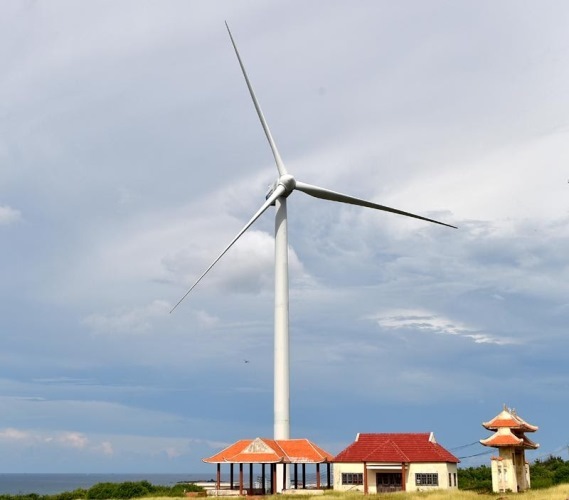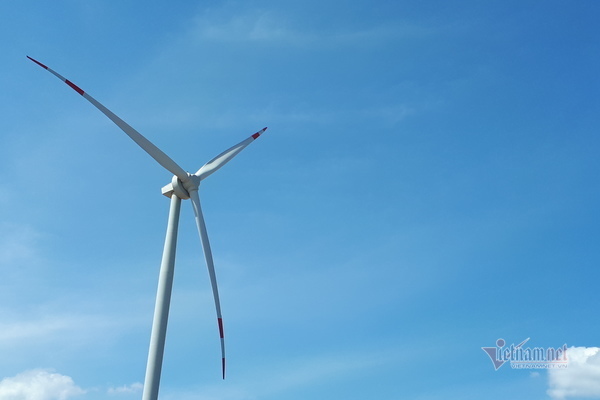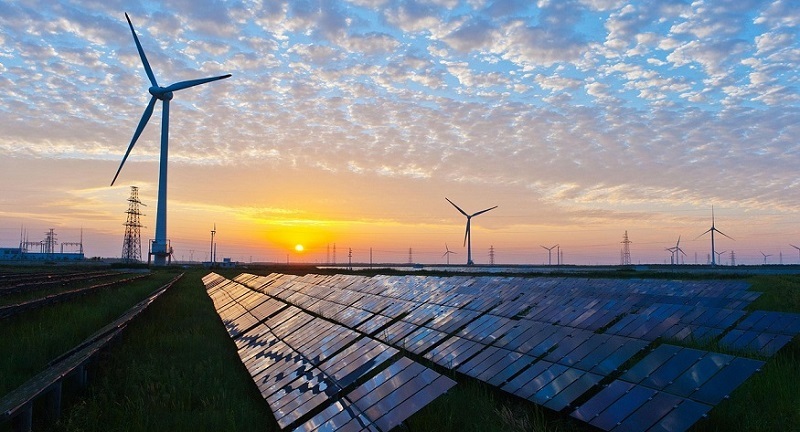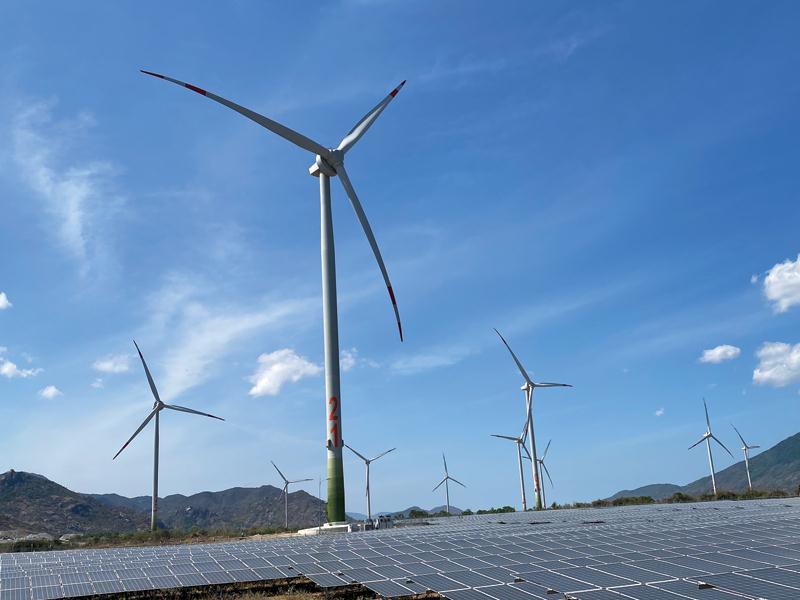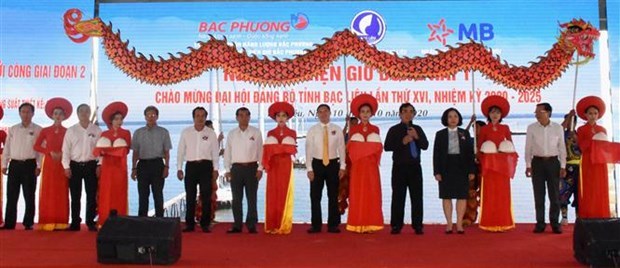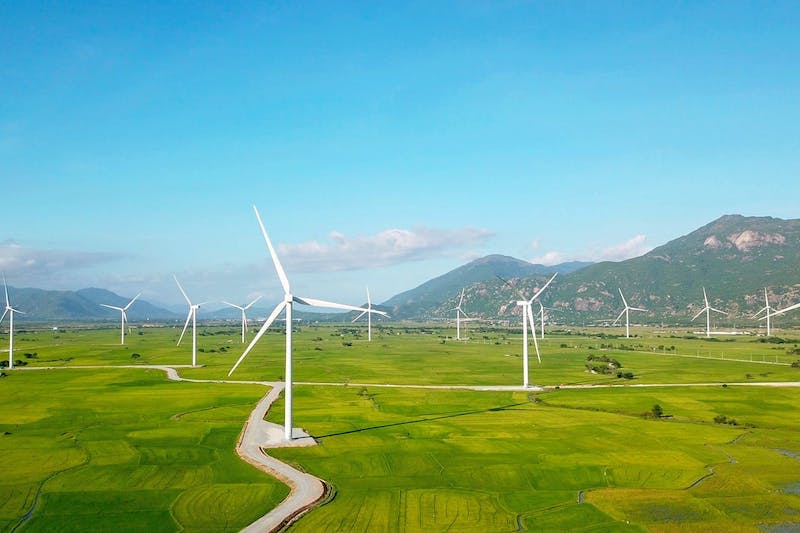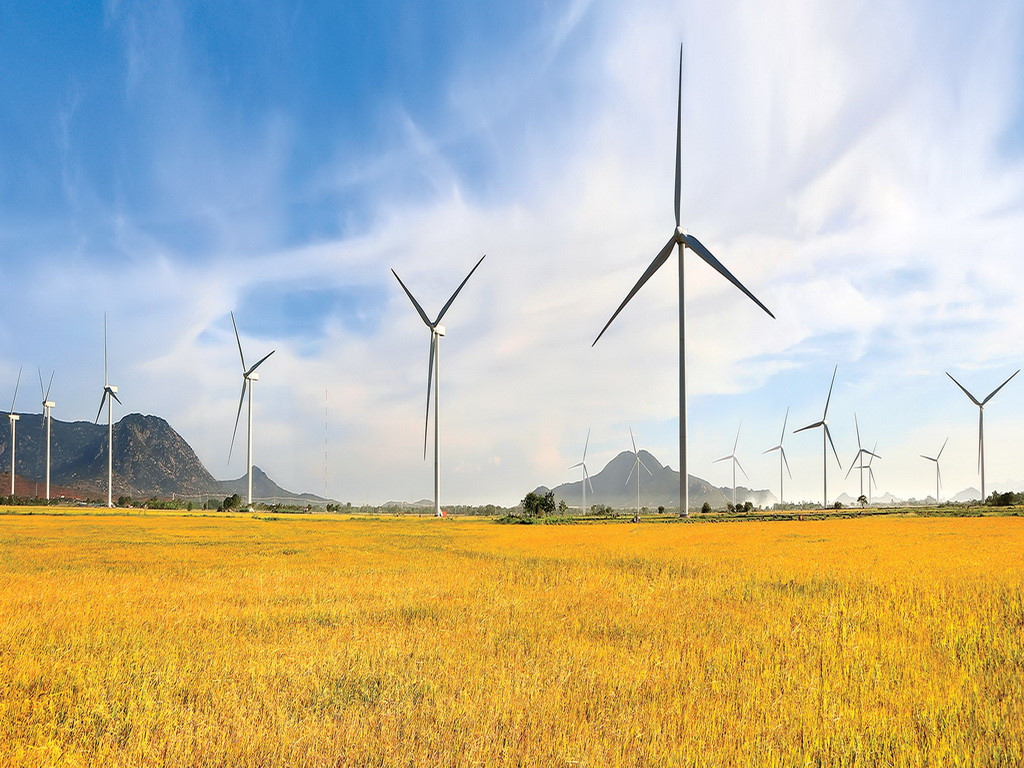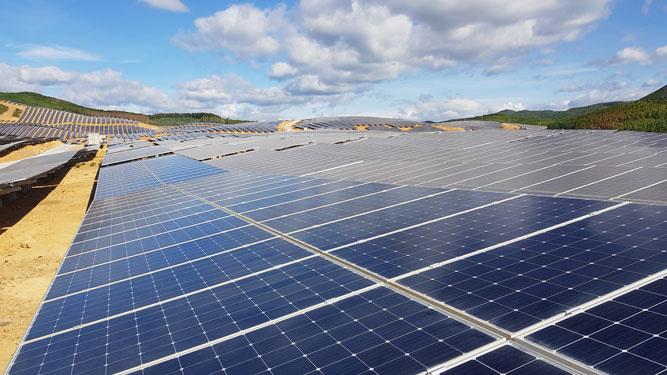- © Copyright of Vietnamnet Global.
- Tel: 024 3772 7988 Fax: (024) 37722734
- Email: evnn@vietnamnet.vn
wind power
Update news wind power
Renewable energy to become a trend
According to experts, the dominant energy technology in the future will be energy storage devices, solar panels, clean hydrogen and wind energy.
Vietnam might lose position of leading SE wind market: GWEC
Steep reduction of feed-in-tariff (FIT) is believed to derail investment in new and planned wind projects in Vietnam.
Wind power developers worried about low electricity price
The Ministry of Industry and Trade (MOIT) has proposed continuing the FIT (feed in tariff) for wind power, but lowering the tariff by 20 percent, causing concern among wind power developers.
Vietnam emerged among world’s largest market for wind power development
Across the first half of 2020, the government approved an additional 91 wind energy projects, onshore and offshore, with a total capacity of over 7GW.
Vietnam’s renewables: Advantages and considerations
Input costs for both solar and wind power in Vietnam fell respective 75% and 30% in 2012-2017.
Wind power: Ministry wants to extend FIT policy
Following a proposal by 10 provinces, the Ministry of Investment and Trade (MOIT) wants to extend the deadline for FIT (Feed in Tariff) application because many wind power projects cannot become operational prior to the given date.
Construction of wind power plant’s second phase begins in Bac Lieu
Work on construction of the Dong Hai 1 wind power plant, second phase, began in Long Dien Dong commune, Dong Hai district of the Mekong Delta province of Bac Lieu on October 10.
Vietnam has great potential for wind power
Around 10 gigawatts of offshore wind power could be in operation in Vietnam by 2030, according to studies carried out by the Danish Energy Agency and the World Bank.
Thai firms acquire wind power farm in Ninh Thuan
Thailand’s Banpu and its power business arm Banpu Power (BPP) have joined forces to acquire El Wind Mui Dinh, an onshore wind farm in the south-central province of Ninh Thuan, in a deal worth $66 million.
Electricity of Vietnam suggests not to extend deadline for wind farm FiT
In order to ensure transparency and stability in the selling price of wind power, EVN opposes the Ministry of Industry and Trade's proposal to extend the deadline on the current feed-in tariff (FiT) scheme for wind power projects
How should wind power be developed in Vietnam?
 Around 12,000 MW of wind power has been added to the national power development plan, which has raised concern about the overloading of the transmission grid.
Around 12,000 MW of wind power has been added to the national power development plan, which has raised concern about the overloading of the transmission grid.
Energy revolution
The first solar panel, which was invented by French physician Alexandre Edmond Becquerel in 1839, has become a significant watershed for the energy sector in the future.
Vietnam gov’t seeks to nearly triple wind power capacity to 12,000MW
Provincial authorities are responsible for choosing investors and implementing the newly added projects.
Resources that need conserving
Statistics show that the electricity demand is growing at a rate three times higher than that of the electricity output supplied to the market.
When heat becomes a source of energy
The investment in renewable energy is increasing as fossil fuels, including coal, petroleum and natural gas, cannot meet the increasing demand for energy in Vietnam and the world as a whole given the rapid population growth.
Vietnam wind power sector to see growing opportunities: Fitch Solutions
 Vietnam contains one of the highest potential for wind power in the region, as it is endowed with high wind speeds particularly in the offshore or near-shore areas.
Vietnam contains one of the highest potential for wind power in the region, as it is endowed with high wind speeds particularly in the offshore or near-shore areas.
Ministry proposes extending feed-in tariffs for wind power until end-2023
 The Ministry of Industry and Trade has written to the Government proposing extending feed-in tariffs (FITs) for wind power projects until the end of 2023.
The Ministry of Industry and Trade has written to the Government proposing extending feed-in tariffs (FITs) for wind power projects until the end of 2023.
Wind, solar power projects in Vietnam stall during pandemic period
 Instead of rushing to build wind and solar power plants as seen a year ago, investors now have no other choice but to wait.
Instead of rushing to build wind and solar power plants as seen a year ago, investors now have no other choice but to wait.
Can Tho unveils low-carbon transformation project in energy sector
 The Mekong Delta city of Can Tho on April 21 launched a project on promoting low-carbon transformation in the energy sector for the 2020-2030 period and with a vision to 2050.
The Mekong Delta city of Can Tho on April 21 launched a project on promoting low-carbon transformation in the energy sector for the 2020-2030 period and with a vision to 2050.
Financiers race to cash in on wind
 While Vietnam’s wind investors are in a race to reap incentives before the November 2021 deadline hits, concerns remain that a boom in solar power projects will lead to a reduction in capacities.
While Vietnam’s wind investors are in a race to reap incentives before the November 2021 deadline hits, concerns remain that a boom in solar power projects will lead to a reduction in capacities.
